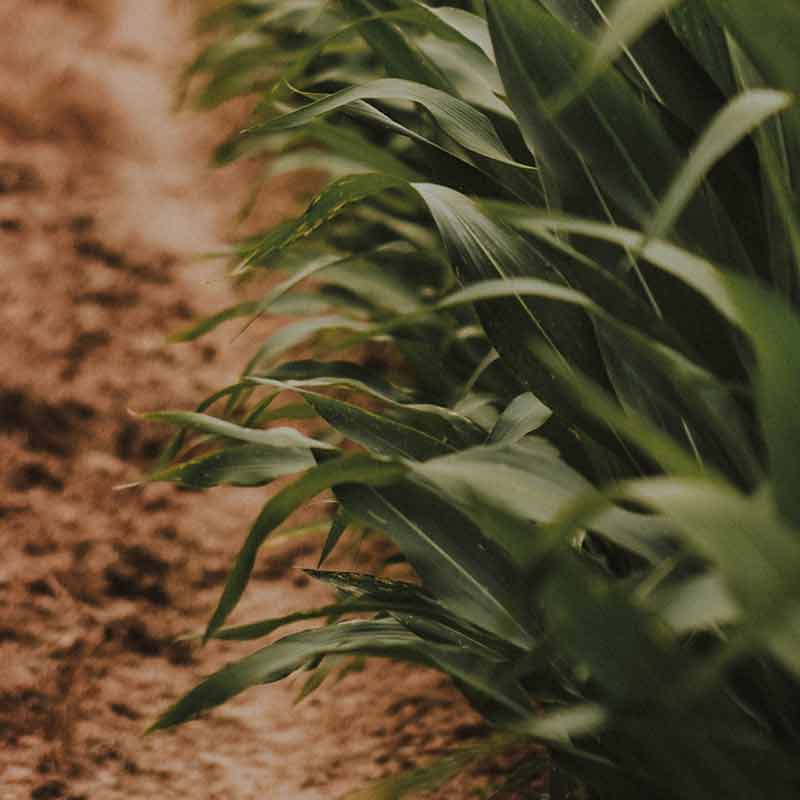In-field food waste: solutions
In-Field
Broaden cosmetic standards for fresh fruits and vegetables.
As a result of strict specifications and/or poor market conditions, food is either left unharvested or discarded in fields.
Expand alternative outlets and secondary markets for lower-grade foods.
Connect with the innovative organizations that show potential in undervalued food surplus and imperfect produce
(E.g., Imperfect Produce)
Practice farm-level food recovery.
Connect with food recovery organizations that are willing to donate or help harvest unsold crops (E.g., Society of St. Andrews)
For more information on donating food, see ReFed’s Donation Liability Education
Expand food rescue and recovery infrastructure.
Expand donations of fresh produce to food-insecure people. Businesses have the opportunity to finance such investments in order to increase tax benefits for food donations.
Promote regional or local food distribution.
Longer distances between in-field and processing require more resources to keep food fresh during transport. Shortening the transport and staying local will reduce the risk of food spoiling and reduce the amount of resources spent.
Reduce bycatch and utilize lesser known species.
It is estimated that bycatch makes up 17-22 percent of total catch. Innovative technologies reduce the amount of bycatch caught and wasted. EDF Oceans explored and implemented Catch Shares, which allotted fishermen a specific share of the catch and provided them with more flexibility on when and how to fish, increasing the efficiency and management methods needed for a sustainable industry.
